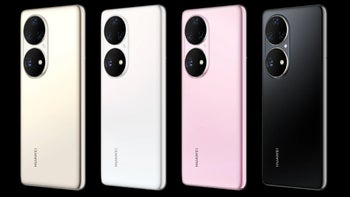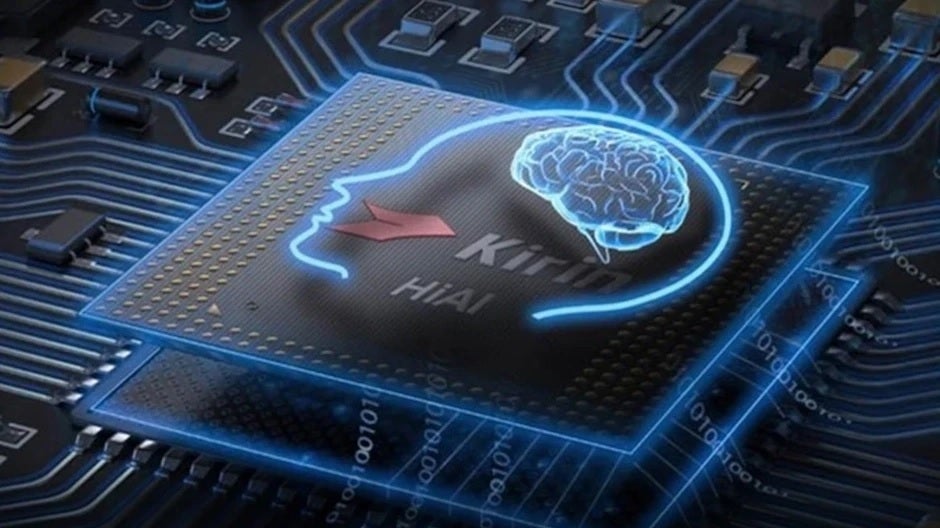Huawei denies rumor that it will bring back its Kirin SoC for the P60 series in 2023

In 2020, exactly one year to the day that the U.S. put Huawei on the Entity List the U.S. Commerce Department issued a new export rule change dealing with chips. The new rule prevents foundries using American technology from shipping chips to Huawei. Even the latter's own Kirin chips, designed by the company's HiSilicon semiconductor unit, could not be shipped to the company because of the new export rules.
Qualcomm received permission from the U.S. to ship 4G versions of its latest chipset to Huawei
Eventually, Huawei went through its inventory of Kirin chips and the U.S. gave Qualcomm permission to supply the company with its powerful Snapdragon 8+ Gen 1 chips, but these are made to work with 4G signals. Yes, the recently released Mate 50 and Mate 50 Pro are powered with these chipsets which means no 5G connectivity, but there is a way around this. A company called Soyealink is selling a case for the Mate 50 series that will allow the phones to connect to 5G signals.

Huawei's Kirin chips were always thought highly of by phone enthusiasts
These cases are sold for the equivalent of $113 and will deliver 5G from standalone sub-6GHz networks for all the models in the Mate 50 line. But we digress. There have been rumors that Huawei's Kirin chips could return in 2023 but in a statement made on its Weibo page (this is a social media site located in China), the company denies that it will release a new Kirin mobile chipset next year.
The rumor about a new Kirin chip for the 2023 P60 flagship series circulated back in July and the chip was supposedly going to be produced using the 14nm process node. These chips could be manufactured by China's largest foundry SMIC. The foundry coincidentally could fill orders from Huawei at no smaller a process node than 14nm. The smaller the process node, the smaller the transistor size allowing more of them to fit inside a chip giving the component more power and energy efficiency.
Next year, Apple could be using the A17 Bionic SoC on the iPhone 15 Pro models made using TSMC's 3nm process node. Huawei would really be handicapped if it tried to compete with a 14nm chip. Therefore, it makes sense for Huawei to deny this as it is much better off to continue using the 4G Snapdragon chips until the U.S. takes its foot off of Huawei's neck. These Qualcomm chips are made using TSMC's enhanced 5nm process node commonly referred to as 4nm (same as the A16 Bionic used on the iPhone 14 Pro models).
As noted by Android Police, another major issue took place in May 2019 when the placement of Huawei on the Entity List also prevented it from working with chip architect ARM. That is an often-forgotten part of Huawei's chip woes. Remember that the U.S. has given Qualcomm the green light to sell chips capped with 4G connectivity to Huawei.
Huawei made lemonade out of lemons
The U.S. has called Huawei and fellow Chinese phone and network equipment manufacturer ZTE national security threats. Some Huawei executives reportedly felt confident that when the Biden administration took over, the bans would be rescinded. This January will be Biden's second year in office and nothing has changed which pretty much indicates that no relief can be expected soon.
But Huawei has made lemonade from the lemons it received and while the firm is no longer on the heels of Apple and Samsung at the top of the league tables, and has sold off its Honor sub-unit, it still has developed a viable operating system (Harmony 3.0 is pre-installed on the Mate 50 series) and a wildly successful ecosystem. One thing you can say about Huawei is that it did not roll over and play dead just because the U.S. wanted it to.
So while its Kirin chips are still not going to be driving its 2023 P60 series flagship line, the innovative company will continue to develop workarounds to keep manufacturing high-quality and exciting handsets that you might not see on your carrier's shelves in the states, but are attracting demand in China and have just started shipping in Europe.










Things that are NOT allowed: